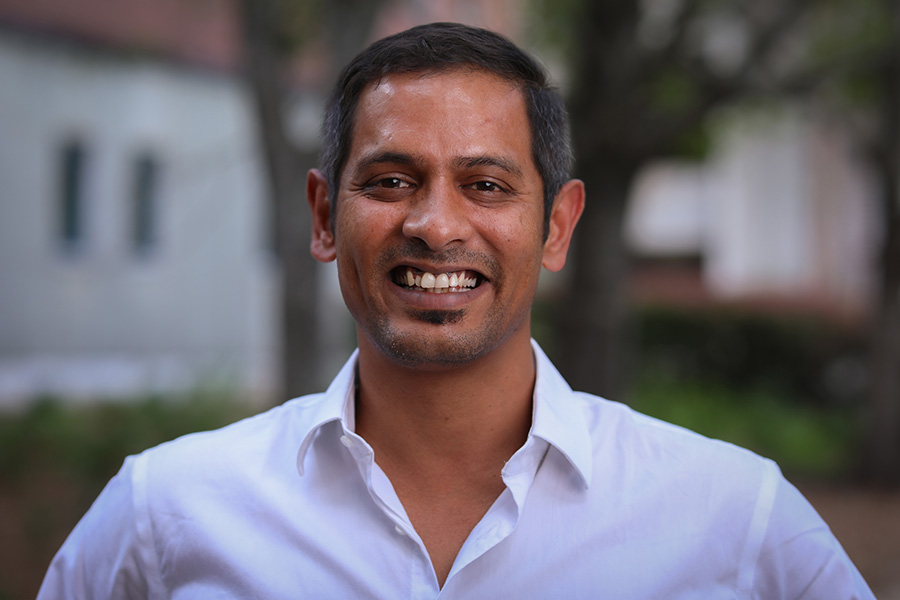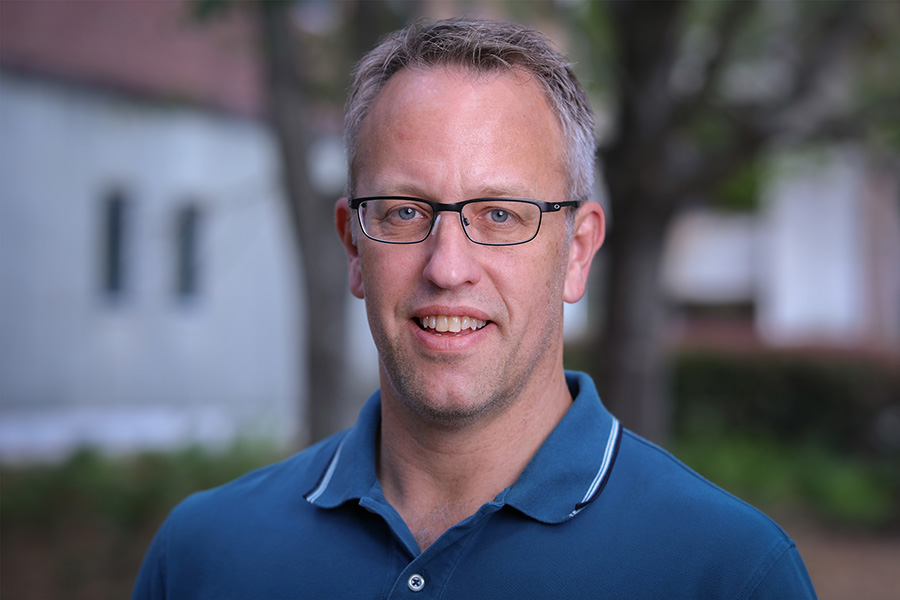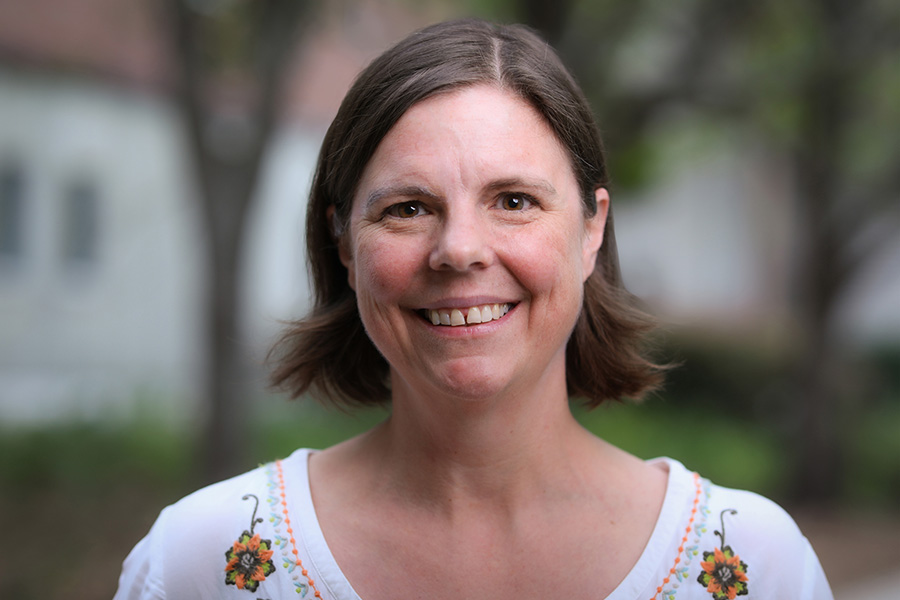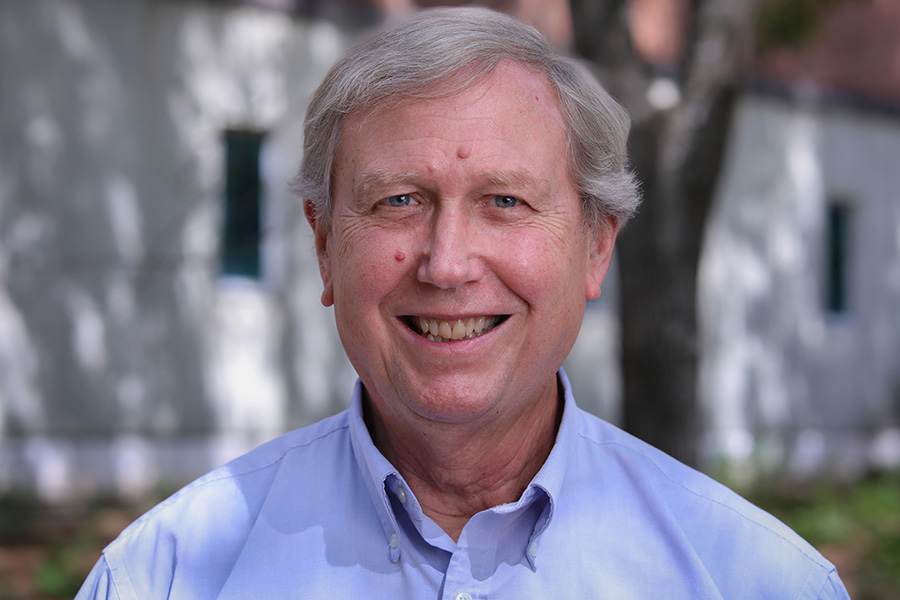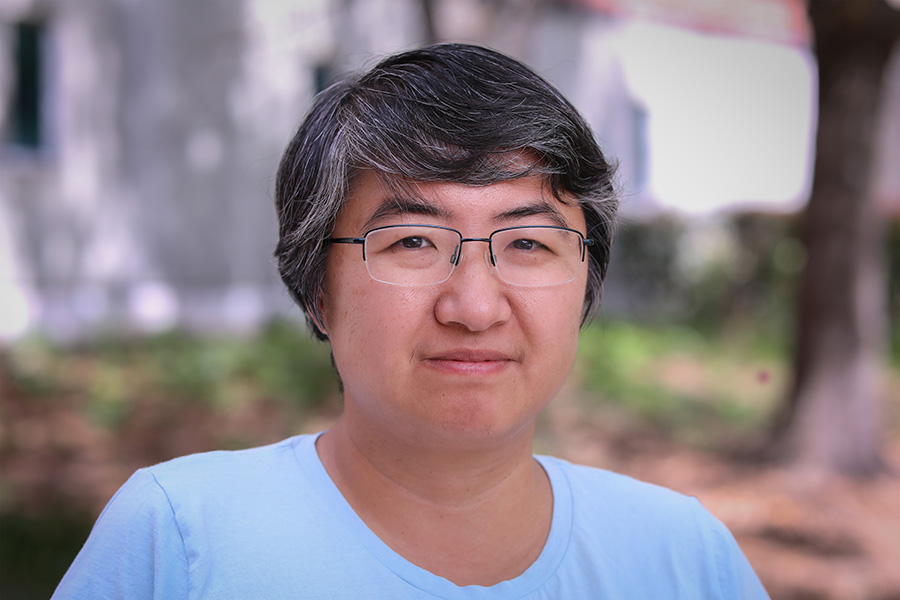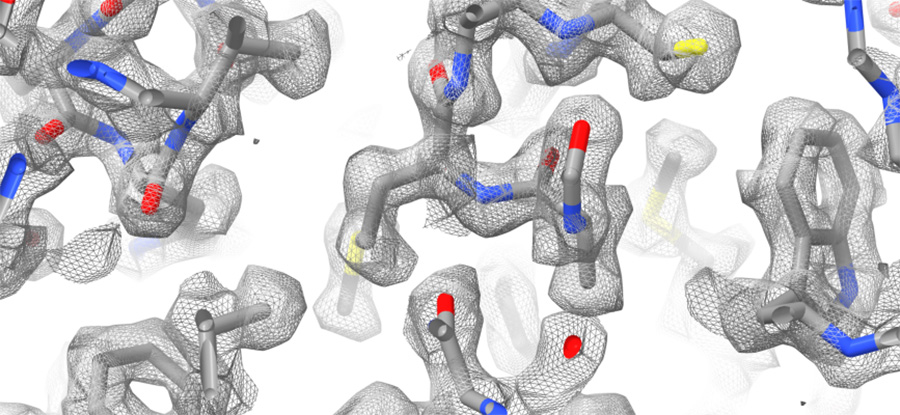
The structure of proteins and nucleic acids determines their actions and the way they interact. The MOB faculty include many researchers with an interest in structural biology. They use a range of biophysical techniques to determine molecular structure, including X-ray crystallography, nuclear magnetic resonance, and cryogenic electron microscopy. Projects are wide ranging, and include virus-host interactions, the structural underpinning of bacterial sulfur metabolism, the structure of ribonucleoproteins, the mechanisms of membrane trafficking, muscle biophysics and immunobiology.


